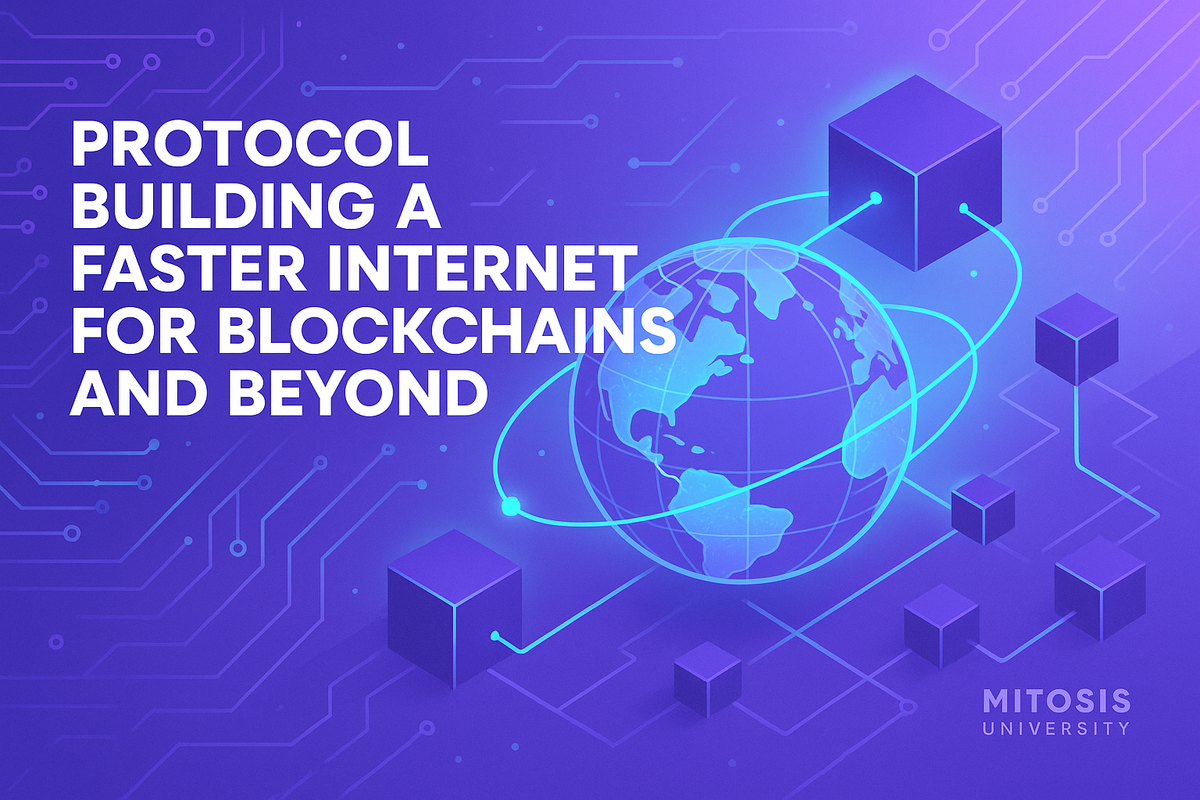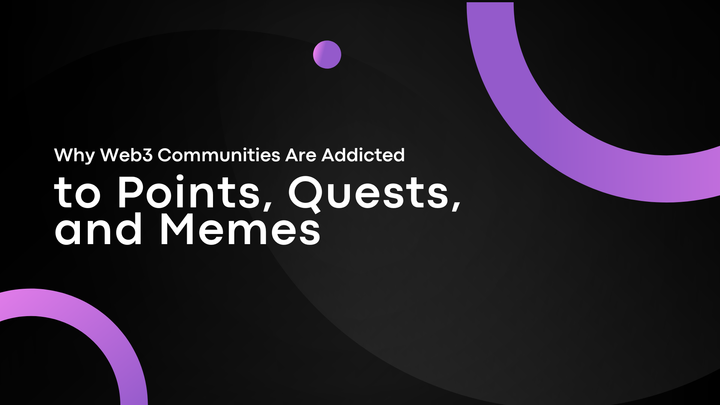DoubleZero Protocol Building a Faster Internet for Blockchains and Beyond

The modern internet, built for resilience and affordability, was never designed for speed or precision. For emerging technologies like blockchains, which rely on millisecond-level coordination between globally distributed validators, this poses a serious limitation. The public internet’s “least cost routing” results in unpredictable delays, jitter, and bandwidth constraints that throttle even the most advanced decentralized systems.
Enter DoubleZero — a radical rethinking of internet infrastructure purpose-built for high-performance distributed systems. Touted as the world’s first N1, DoubleZero is building a parallel, programmable internet to eliminate latency bottlenecks and unlock a new era of blockchain scalability and network efficiency.
In this article, we explore how DoubleZero works, why it’s needed, and what it could mean for the future of decentralized computing and beyond.
Rethinking the Internet for Distributed Systems
Solving the Bandwidth and Latency Bottleneck
Today’s blockchains, particularly high-performance networks like Solana, are not limited by validator computation. They’re held back by the network itself. Validators experience inconsistent latency and jitter, leading to slow consensus, missed blocks, and performance ceilings well below their theoretical maximums.
DoubleZero tackles this root issue by creating a global fiber network that bypasses the public internet’s inefficiencies. Rather than relying on “least cost” routing, it delivers deterministic, low-latency pathways between nodes. Validators connect through DoubleZero Exchange Points (DZXs)—dedicated data centers that serve as entry points to this high-speed network.
Inside these DZXs, FPGAs (Field Programmable Gate Arrays) filter spam, deduplicate messages, and verify transaction signatures—offloading key validator tasks and reducing latency to nearly zero. The result is a purpose-built data highway where every byte counts and every millisecond is optimized.
The Architecture: A New Layer of Internet
DoubleZero’s design is built around three core principles: speed, verifiability, and decentralization.
- Dual-Ring Network Design: The outer ring interfaces with the public internet for initial filtering, while the inner ring handles validated traffic over dedicated, high-throughput lines—ensuring only relevant data travels at high speeds.
- Multicast Routing: This allows a single packet to be replicated across many validators efficiently, solving the problem of redundant data replication and significantly reducing bandwidth consumption.
- Permissionless Participation: Anyone can contribute fiber links to the network, transforming unused bandwidth into part of a unified global mesh. It’s a decentralized physical layer for the decentralized web.
This architecture doesn't just benefit blockchains. It’s generalizable to any system needing fast, precise, and reliable data exchange—from online gaming and CDNs to enterprise cloud systems and AI training.
Economic Design and Use Cases
Incentivizing Integrity and Performance
DoubleZero’s economics align incentives across contributors, validators, and the broader ecosystem:
- Token Rewards & Staking: Network participants earn rewards for delivering low-latency, high-throughput service—but must stake tokens to ensure they behave honestly.
- Shapley Value Distribution: Rewards are fairly distributed based on each node’s marginal contribution to performance. Contributors that serve popular routes or reduce latency the most get higher payouts.
- Inorganic Traffic Burn Mechanism: To prevent gaming the system with fake traffic, a portion of token rewards are burned every epoch—disincentivizing malicious behavior.
- Validator Fees & Revenue Model: Validators allocate a small share of their earnings (e.g., 1%) to fund the network. These tokens are auctioned and redistributed, with half burned and half rewarded to contributors.
This hybrid model creates a self-sustaining, performance-driven economy where reliability, speed, and decentralization are not just ideals—they’re financially rewarded.
Powering the Next Generation of Applications
DoubleZero is already live in testnet-beta with presence in global hubs like Singapore, Tokyo, LA, NY, London, and Amsterdam. It’s poised to revolutionize multiple use cases:
- Layer 1 Blockchains: DoubleZero helps them reach peak throughput. Firedancer’s 1M TPS demo at Breakpoint was powered by this network.
- MEV Systems: Miners and searchers benefit from faster access to mempool data and proposal delivery.
- RPC Nodes: Enhanced traffic reliability, reduced DDoS vulnerability, and real-time state views.
- ZK Provers, Indexers, and Validators: Rapid data syncing and lower latency for coordination and redundancy.
- Gaming, CDNs, and AI Training: Real-time multiplayer, resilient content delivery, and efficient compute distribution become practical with this programmable, high-speed backbone.
Conclusion
DoubleZero isn’t just optimizing blockchain—it’s re-architecting the internet to meet the demands of tomorrow’s digital infrastructure. By combining physical fiber contributions, intelligent routing, edge processing, and a game-theoretic incentive system, it brings internet-level decentralization to the network layer itself.
Key Takeaways
- Bandwidth and latency, not computation, are the current bottlenecks for blockchains.
- DoubleZero builds a parallel, high-speed network with dedicated hardware and routing logic for deterministic performance.
- Its tokenomics reward true contribution, with mechanisms to prevent manipulation and align economic incentives.
- The network benefits go far beyond blockchain—from real-time gaming to AI workloads and enterprise data routing.
Final Thought
If consensus is the heart of blockchains, then bandwidth is the bloodstream—and DoubleZero is building the arteries. As demand for real-time, high-volume data flows surges, will tomorrow’s internet run on this permissionless, fiber-fast backbone?



Comments ()